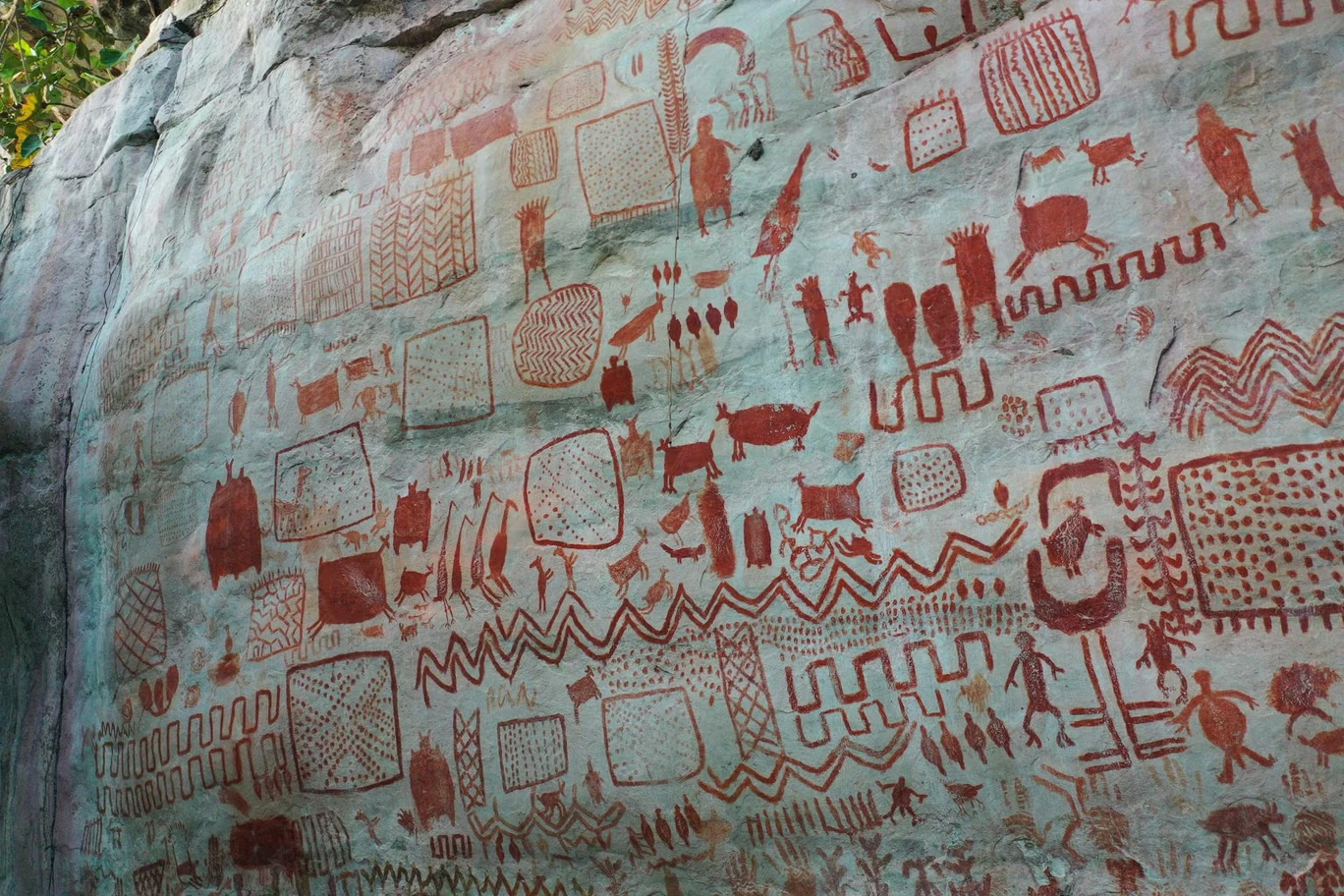
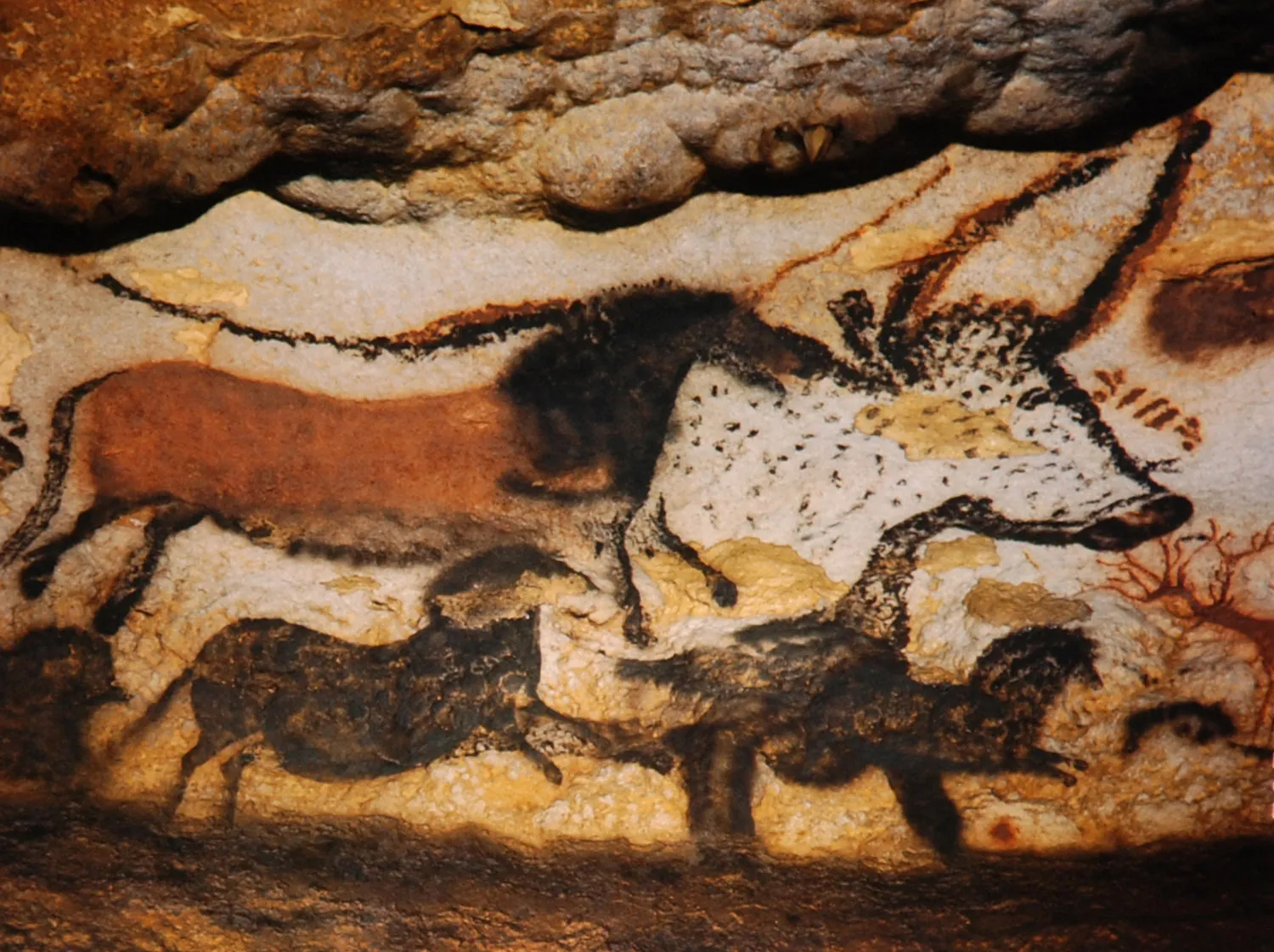
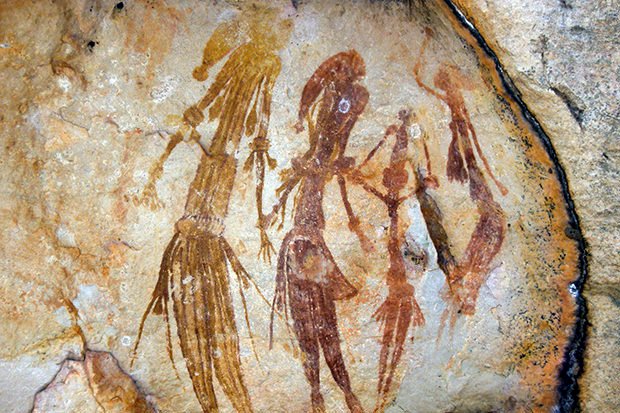
Early Human Creativity: The earliest instances of human artistry date back to approximately 100,000 BCE, with ground red ochre markings found in African rock art. These ancient artworks often featured simple geometric shapes and animal representations. Cave Paintings: Among the most famous examples of prehistoric art are the cave paintings in Lascaux, France (around 17,000 BCE) and Chauvet, France (around 30,000 BCE). These caves are adorned with detailed depictions of animals, human figures, and abstract symbols. Rock Art: In Australia, rock art sites like Ubirr boast a tradition of artistic expression dating back as far as 40,000 BCE, representing the world's longest continuous artistic tradition.



Mesopotamia: The civilizations of Mesopotamia, including the Sumerians, Akkadians, Babylonians, and Assyrians, produced intricate sculptures, reliefs, and cylinder seals. These artworks often depicted deities, rulers, and scenes from daily life.
Egypt: Ancient Egyptian art is renowned for its monumental architecture, such as pyramids and temples, alongside detailed hieroglyphic inscriptions and funerary art, all rich in symbolism and designed to secure the afterlife.
Indus Valley: The Indus Valley Civilization (circa 3300–1300 BCE) produced sophisticated pottery, seals, and figurines, often featuring animal and human imagery.
Ancient Greece: Greek art is celebrated for its naturalistic forms and the introduction of the human figure as a central subject. Iconic sculptures like the Venus de Milo and the Discobolus were created during this period.
Ancient China: This period in Chinese art saw the creation of jade carvings, bronze vessels, and early examples of pottery and silk weaving.
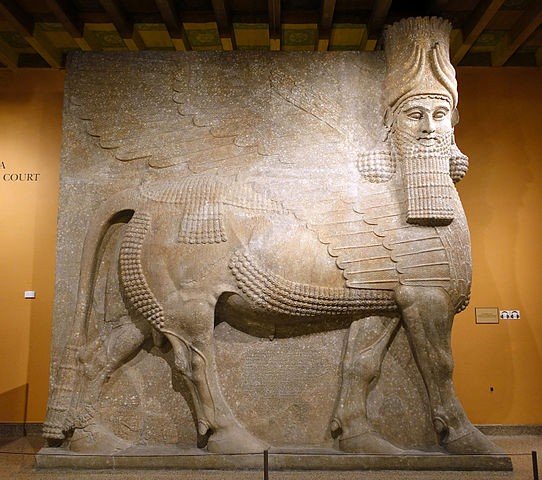
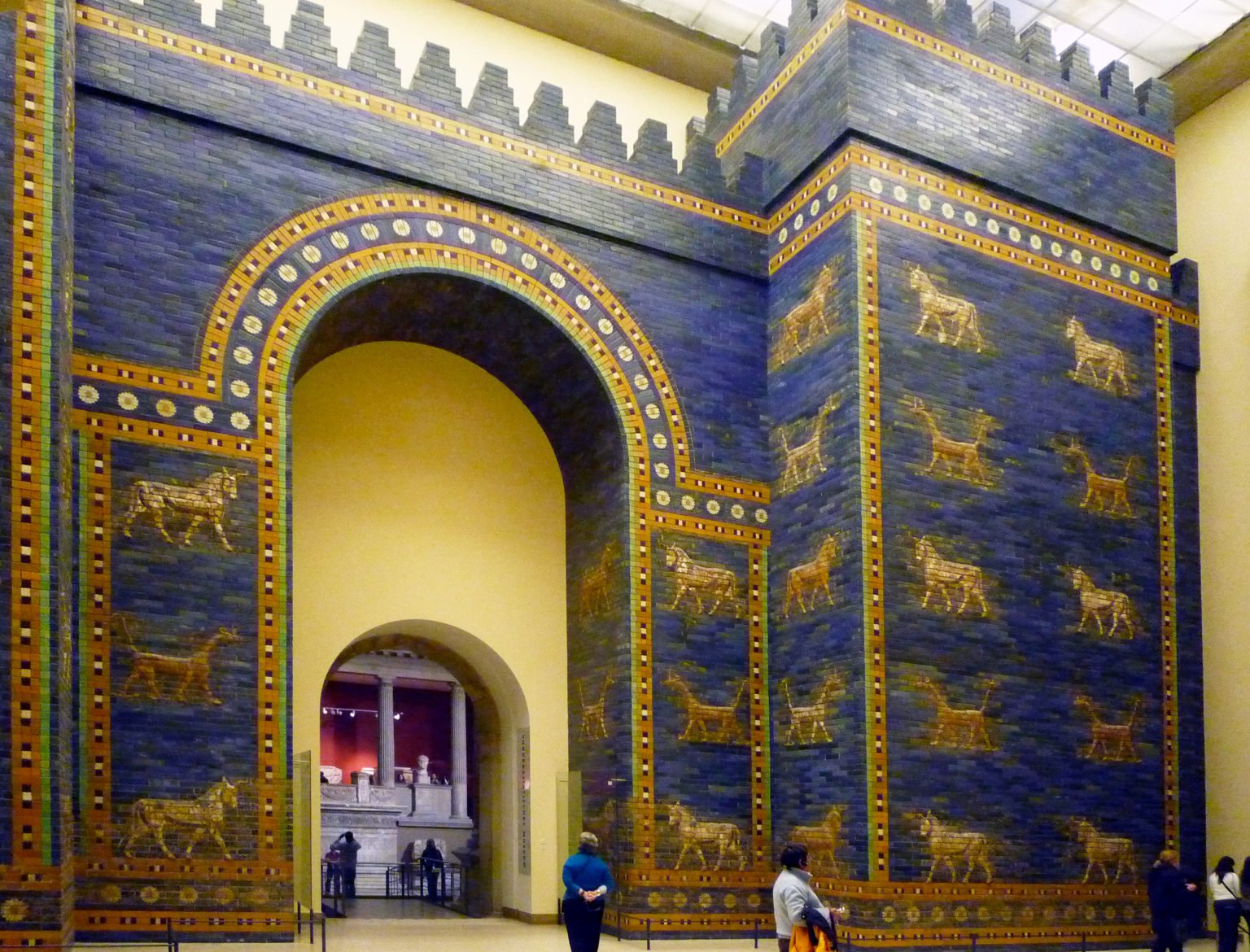


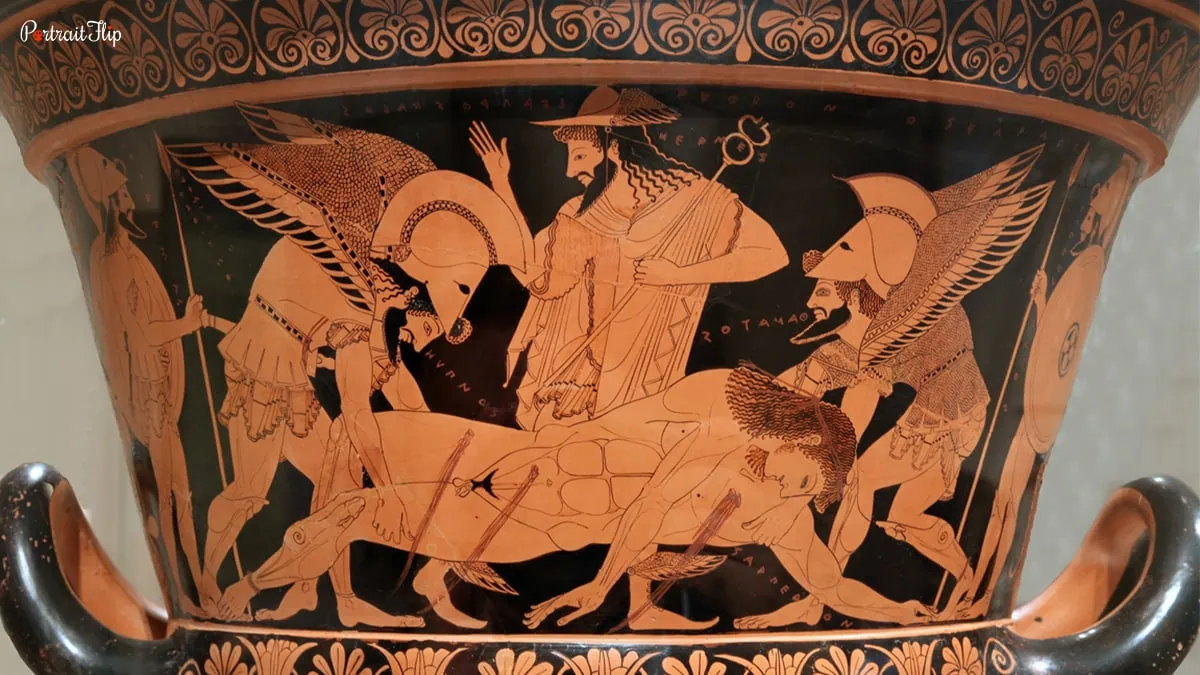

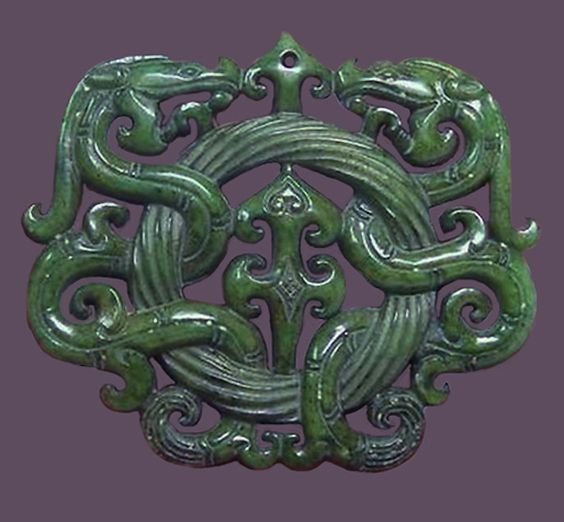
Roman Art: While heavily influenced by Greek art, Roman art developed its own distinct styles, including realistic portraiture, mosaics, and monumental structures like the Colosseum and aqueducts.
Jewish Art: Art from the Jewish tradition during this period often featured intricate designs and symbols, such as the menorah and the Star of David, used in synagogues and religious artifacts.
Early Christian Art(1st Century CE - Beginning of Jesus): Emerging in the Roman catacombs, early Christian art included simple symbols like the fish (Ichthys), the peacock, and the anchor. These symbols discreetly represented Christ and Christian beliefs during times of persecution.
The Good Shepherd: One of the earliest depictions of Jesus shows him as a shepherd carrying a lamb on his shoulders, inspired by earlier Greek and Roman art, symbolizing Christ's care for his followers.
Adoration of the Magi: Depicting the three wise men presenting gifts to the infant Jesus, this theme was often found in early Christian sarcophagi and frescoes, symbolizing reverence and devotion.